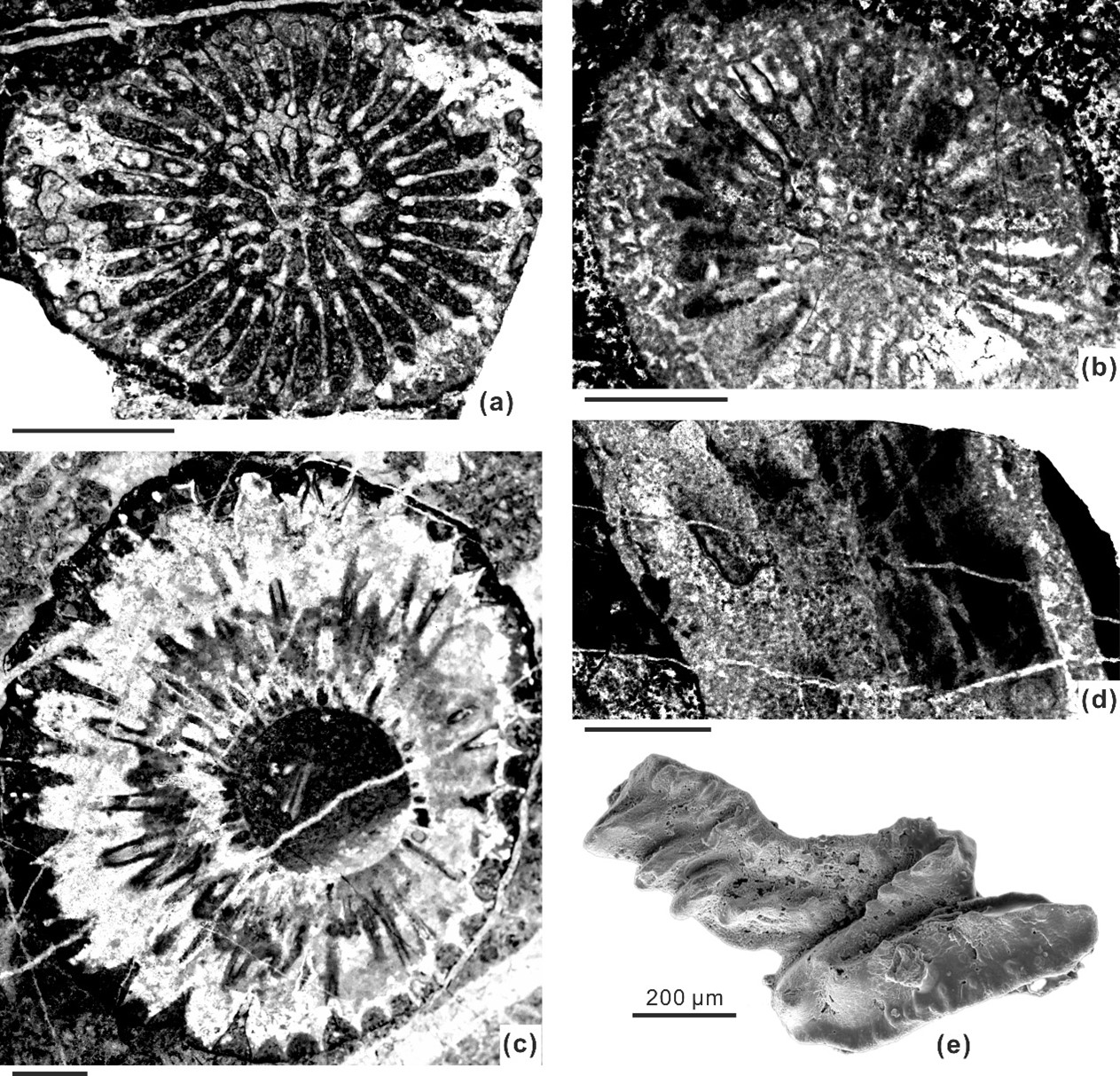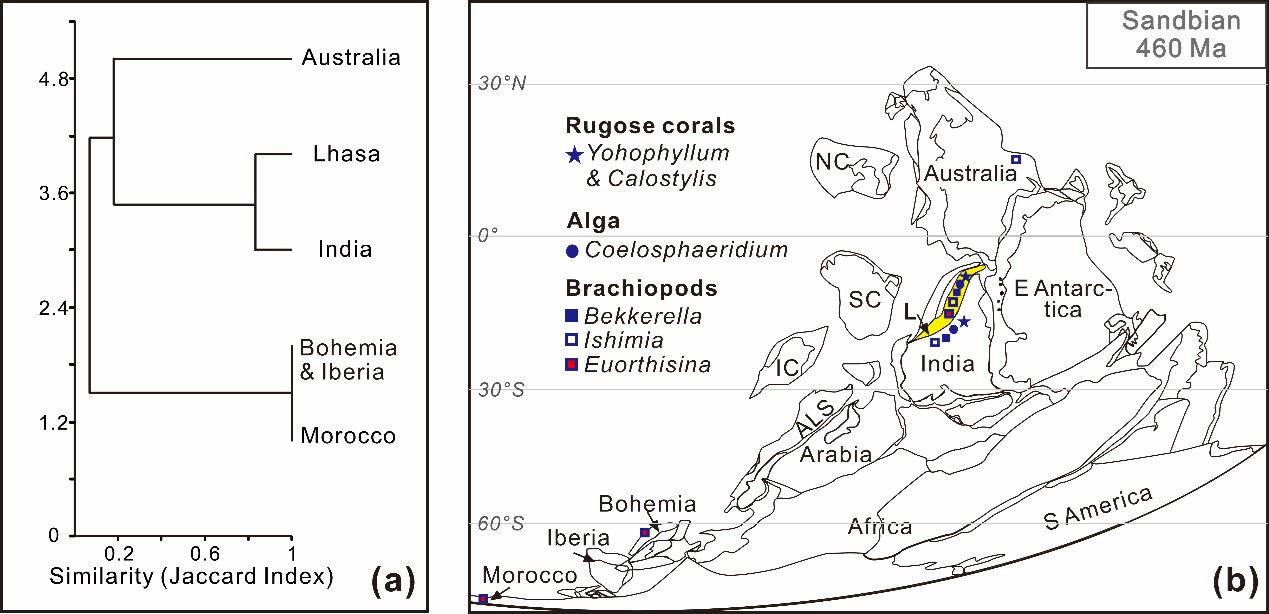The Lhasa terrane, once part of Gondwana until the Permian/Triassic, rifted away and accreted to Eurasia, forming a core part of the Tibetan Plateau. Pinpointing its palaeogeographical position is essential for understanding both the reconstruction of Gondwana and the plateau’s evolution. However, considerable controversy persists over its exact position before separation, withgeochemical and isotopic data suggesting ties to Australian, Indian or African sections of eastern Gondwana.
The study led by Profs WANG Guangxu, ZHAN Renben from the Nanjing Institute of Geology and Palaeontology, Chinese Academy of Sciences (NIGPAS), along with their colleagues provides compelling evidence to resolve this longstanding controversy. Their findings were published in Gondwana Research.
Researchers systematically used newly acquired, palaeobiogeographically sensitive fossils from the Baingoin area of central Tibet to determine the terrane’s affinities. This late Darriwilian–Sandbian (Middle–Late Ordovician, ca. 457–453 Ma) biota lay along a palaeolatitudinally differentiated biotic gradient, indicative of a distinctly closer palaeobiogeographical affinity to northeastern India than to Australia or Africa.
“This finding, confirmed by a critical review ofexisting fossil and geochemical data, strongly supports a northeastern Indian origin of the Lhasa terrane,” says WANG.
Financial support for this study came from the National Key Research and Development Program of China, and the State Key Laboratory of Palaeobiology and Stratigraphy (LPS).
Reference: Wang, G.X., Zhan, R.B., Jin, J., Chen, Z.Y., Percival, I.G., Wei, X., Liang, Y., Cui, Y.N., Wang, Y. & Zhang, Y.T. 2025. Northeastern Indian origin of the Lhasa terrane. Gondwana Research, 147, 184-191. https://doi.org/10.1016/j.gr.2025.06.010.

Key fossils from the basal Dongka Group (upper Darriwilian–Sandbian) of the Baingoin area, central Tibet (northern Lhasa terrane)

Results of the cluster analysis (a) and a Sandbian (early Late Ordovician) reconstruction of eastern Gondwana (b), supporting a northeastern Indian origin of the Lhasa terrane.
Download:
